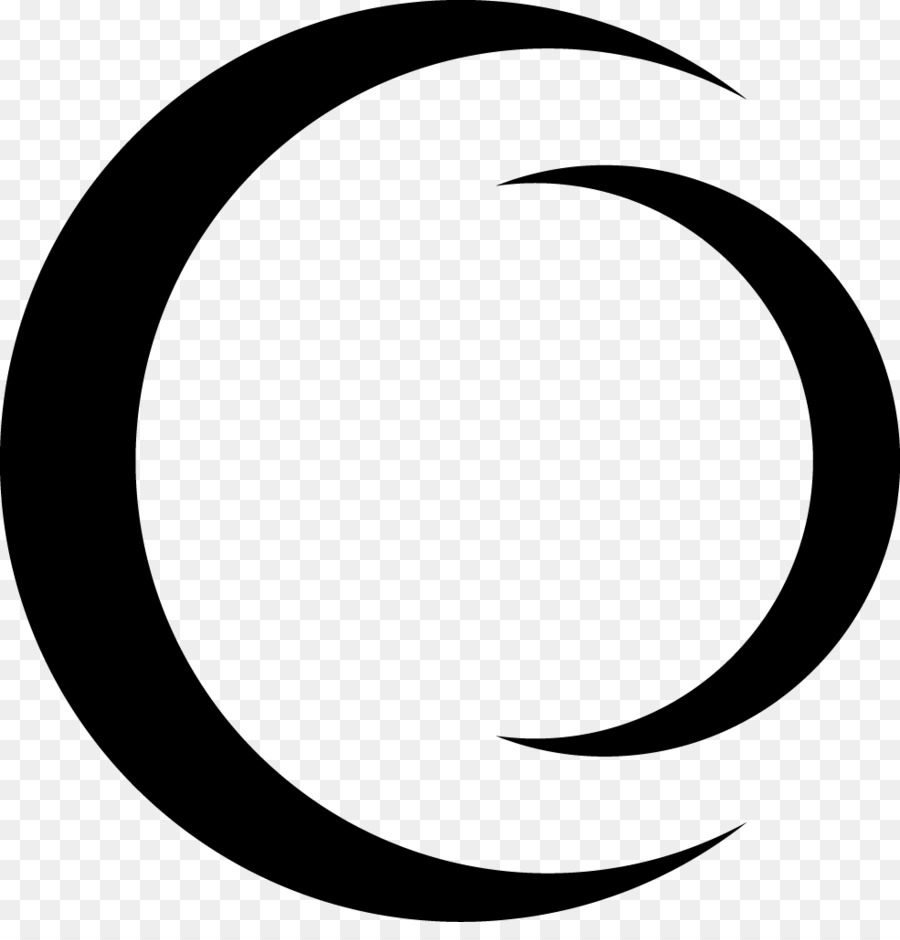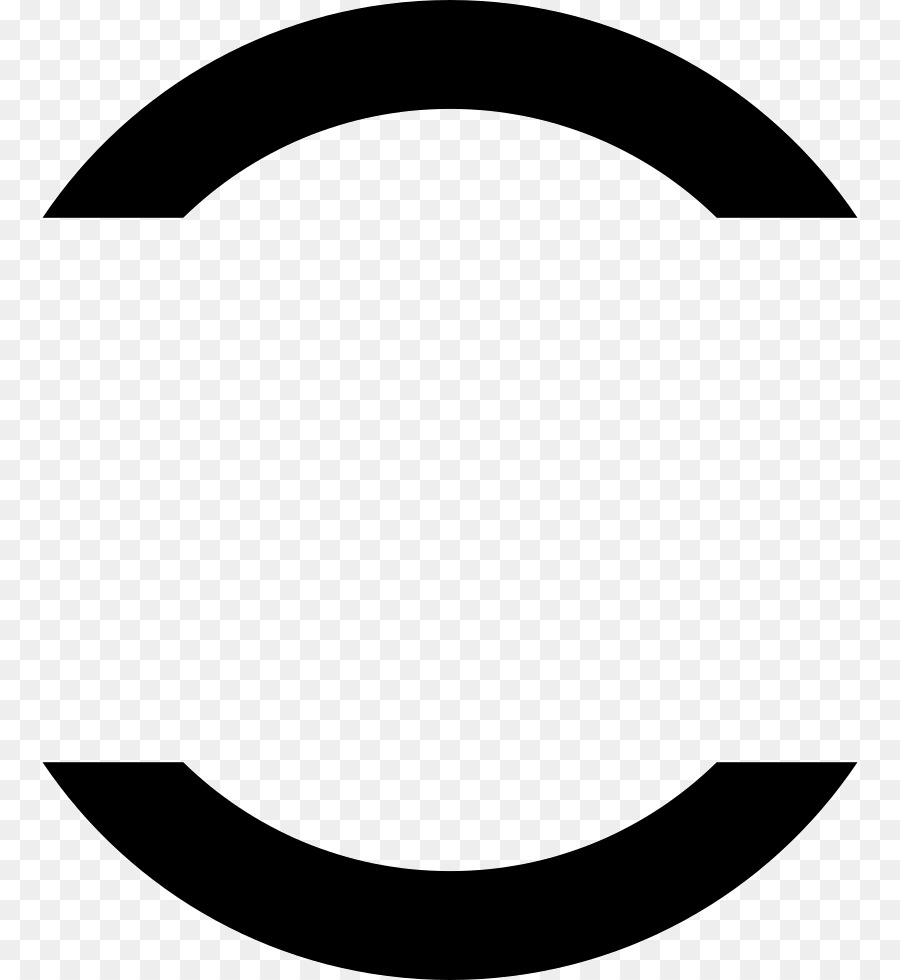In today’s cluttered branding landscape, simplicity has emerged as a formidable force, cutting through the noise with understated elegance. Among this growing trend, the circle logo has gained immense popularity, captivating audiences with its timeless allure and profound versatility. Stripped of intricate details and excessive ornamentation, circle logos embody the essence of minimalism, communicating complex messages with effortless grace.

Image: cermatmatematika.web.app
The Origins of Circle Logos
Circle logos can be traced back to ancient civilizations, where they represented the sun, moon, and other celestial bodies. In modern times, the Bauhaus movement of the early 20th century embraced geometric shapes and simplicity, inspiring the development of the modern circular logo. Notable examples from this era include the iconic design for BMW, which depicts overlapping blue and white circles.
The Power of a Single Circle
A logo consisting of a single circle is a striking statement of simplicity and unity. Its rounded edges evoke a sense of fluidity and harmony, while the enclosed space provides ample area for a brand’s initials, icon, or symbol. The crisp lines and minimal elements create a timeless aesthetic that transcends fashion and generational trends.
Circles Within Circles: Unveiling Hidden Layers
When multiple circles are superimposed upon one another, the effect is both visually engaging and psychologically captivating. Our brains naturally seek order and symmetry, making concentric circles inherently pleasing to the eye. Moreover, the circular relationship between the elements creates a sense of depth and intrigue, inviting the viewer to explore the subtle interplay of shapes.

Image: cermin-dunia.github.io
Example: The Target Mark
The Target logo is a brilliant illustration of the captivating effect of circles within circles. Two red circles, radiating outwards from a central white bullseye, create a sense of movement and energy that epitomizes the brand’s identity. The bullseye itself represents precision and accuracy, attributes closely aligned with Target’s retail offerings.
How to Design an Effective Circle Logo
Creating a compelling circle logo requires careful consideration of several key design principles:
- Color: Choose colors that resonate with your brand’s values and evoke the desired emotional response.
- Typography: If using letters or words, ensure they are legible and aesthetically aligned within the circle.
- Size and Proportion: Determine the optimal size and proportions of the circles to achieve the desired impact.
- Negative Space: Utilize the negative space within and around the circles to create visual interest and balance.
Considerations for Using a Circle Logo
Before selecting a circle logo, it’s imperative to evaluate its suitability for your specific brand and industry.
- Brand Personality: Ensure the simplicity and minimalism of a circle logo aligns with the overall brand personality and resonates with the target audience.
- Industry Relevance: Consider whether a circle logo effectively conveys the brand’s core values and the industry in which it operates.
Logo Polos Lingkaran
Conclusion
Circle logos, with their inherent simplicity and timeless appeal, have emerged as a potent branding tool in today’s competitive market. By embracing the power of minimalism and the captivating effect of circles within circles, businesses can craft compelling and memorable logos that connect with audiences on a fundamental level.
 Beriita.com Berita Hari Ini, Informasi Terkini, Seputar Trending dan Viral Indonesia.
Beriita.com Berita Hari Ini, Informasi Terkini, Seputar Trending dan Viral Indonesia.



